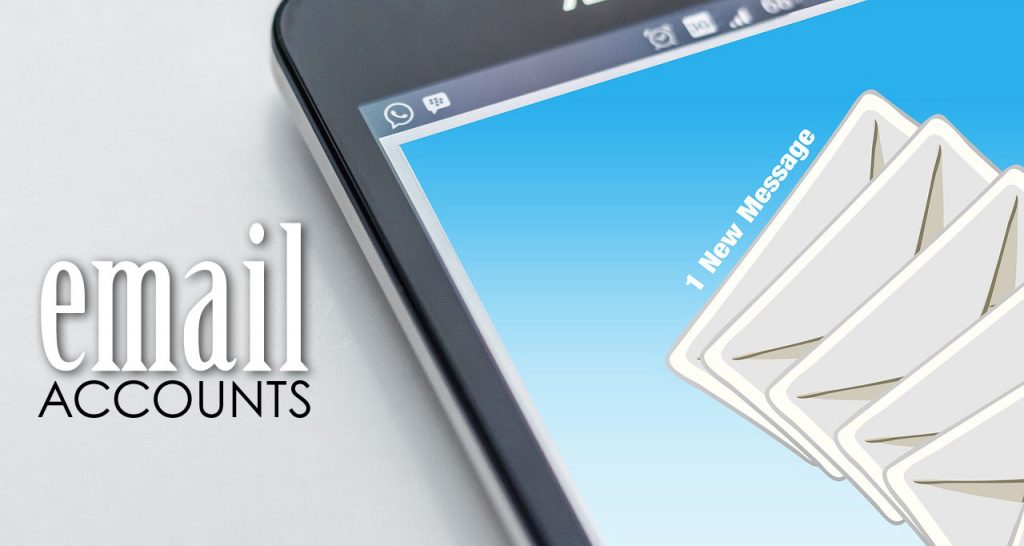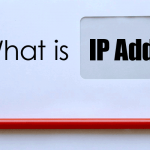All Flying Cow Design Hosting Plans come with enough email accounts for all your entire staff. However, do you know how an email account works and what can you do when email accounts do not work?

The best technologies are the ones that work, and you can rely on without too much intervention, and your email is no exception.
How E-mail Works
Most all e-mail accounts use one of three e-mail protocols to receive and send e-mails, POP3, IMAP or MAPI. First, you must understand the difference between using an e-mail client and webmail based e-mail service.
What is the Difference Between E-mail Clients and Webmail
Webmail is when you use an online e-mail account such as iCloud or Gmail. An e-mail client is when you use a mail app such as Windows Live Mail or Microsoft Outlook. Webmail uses servers on the internet to send and receive your emails. Generally, you do not need any additional software or programs for this process.
Using an e-mail client requires you to download a mail app to the device or devices you will be accessing your e-mail. You will use remote servers to send and receive your e-mails. All of the work to send and receive these e-mails is done within the mail app itself, instead of through your browser.
You can access some webmail services through supported e-mail clients. You can compose, read, delete, and archive messages. The process of sending and receiving e-mails now goes through the e-mail client’s server using POP3, Exchange or IMAP protocols.
POP3
Post Office Protocol (POP) was created as a way to read e-mails offline since most internet users did not stay connected to the internet for very long. POP3 allows the e-mail app to connect to the specified server and retrieve all your e-mails. You can choose to let the POP3 delete all original e-mails immediately, wait a certain length of time or never delete e-mails.
If you choose to have e-mails deleted from the server, you can only access them on the e-mail client you are using. Alternatively, if you delete an e-mail message from just the device you are using, it could still be accessed from a different e-mail client or webmail server. Also, when you are sending e-mails from the mail app, that is the only place sent e-mail messages are saved.
IMAP
Internet Messaging Access Protocol (IMAP) was designed with the idea of flexibility. IMAP allows you to send, receive, delete, and organize e-mail messages all from the server, and when accessed on different devices, such as an Android or iPad, your e-mail account will be updated just the way you left it.
Having all your e-mails stored on the server can create problems. Most e-mail accounts have limited storage which can create issues when you are trying to send and receive e-mails. You could miss essential e-mails because of your storage limit. You can prevent this problem by saving important e-mails on your hard drive and permanently deleting e-mails no longer needed.
Microsoft Exchange, MAPI, and Exchange ActiveSync
Developed by Microsoft, MAPI is a combination of IMAP and POP3 only better. MAPI allows you to sync not only e-mail accounts but also calendars and contacts and look up information you need. Most e-mail clients use an Exchange server.
Common E-mail Problems
E-mail not working. First, check where the problem originates. Check the e-mail client (Outlook or Windows Live Mail) and the server and verify e-mails can be sent or received. You can check the online version of your e-mail account before determining if it is the server causing the issue.
Cannot send e-mail through an e-mail client. This commonly occurs when your ISP blocks port 25 to reduce the amount of spam sent. To fix this switch the port number to 2525 using a dedicated IP address.
Error message – ‘proper authentication required.’ Check the authentication settings on the outgoing e-mail settings to ‘password’ and ‘authentication required.’ For Outlook e-mail, you should have it set to use the same settings as the incoming mail server.
POP lock error message. When using a POP3 e-mail account, you can only check e-mails on one device at a time. Otherwise, if two or more devices are trying to connect to your POP3 e-mail account, the server will lock the account to prevent data corruption. Likewise, if the data is corrupted, the POP3 server will activate the POP lock.
What Can Cause E-mail Problems
- There is a typo in the e-mail address entered, and therefore the destination e-mail server cannot find an account by that name.
- The destination e-mail account has used all of its allotted space and cannot accept any more e-mails.
- The e-mail server sending the e-mail messages may be recognized as a source of spam, and the destination e-mail server refuses to accept e-mail from it.
- The e-mail being sent may contain phrases or content that triggers spam filters (spam detection programs) on the sender’s e-mail server, and the sender’s e-mail server refuses to send the message.
- The e-mail being sent may contain phrases or content that triggers spam filters on the destination e-mail server, and it refuses to accept the e-mail.
- E-mail programs on the recipient’s computer may have spam or virus software that automatically (sometimes incorrectly) deletes the e-mail or its contents before it can be read.
Fixing E-mail Problems
- If you are not receiving e-mails, the first thing to look at is if your e-mail inbox is full. This is usually the result of your e-mail program downloading your messages but keeping the originals on the server. If you have a hosting plan, then log in and check to see if it is full. If you use an e-mail address from your ISP, call them to see if it is full. Remove old e-mails to allow more space for new ones.
- Check any ‘Bulk Mail’ or ‘Spam’ folders you have and see if the e-mail was redirected into there.
- If you have a webmail account, check the online version for your missing e-mails. This way you bypass any issues you may have with your regular e-mail program and any virus scanners or firewalls. If you find your missing e-mail messages in your webmail, then your e-mail program, firewall or spam/virus program is causing the issue.
- If you see the e-mails in webmail, ensure the SMTP settings are correct. You can ask your ISP or your hosting plan tech support for the correct SMTP server and POP3 or IMAP details.
- If both SMTP and POP3 or IMAP details are correct, then it is likely your computer settings causing issues. Check the firewall and anti-virus software settings and ensure they are not blocking e-mails from coming through.
For more help with e-mail accounts or help troubleshooting problems with your e-mail accounts, contact Flying Cow Design today.
CEO, Flying Cow Design
Attended University of Auckland
Lives in San Francisco Bay Area







